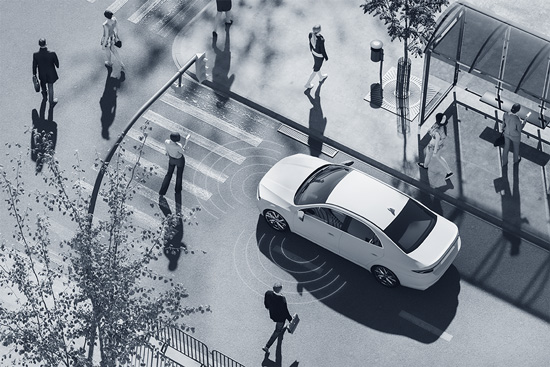What are the ADSE’s obligations for AV safety?
An ADSE will be responsible for ensuring the safety of its ADS over the ADS’s design life. This will occur through a general safety duty, which is supported by more detailed safety duties, prescriptive requirements, reporting obligations and information management requirements.
You can find out more about these requirements in the papers Automated Driving System Entity in-service safety obligations, Safety management system for vehicles with an ADS, Recalls of automated vehicles and Information management requirements.
A new regulator to oversee safety
The Australian Government will establish an in-service safety regulator to oversee the way ADSE and other parties meet their safety obligations.
The regulator will have a range of powers to make sure it can ensure compliance with safety laws, conduct investigations and assessments, and if necessary, enforce the law in the event of a breach.
The regulator will also establish and maintain an Automated Vehicle Register to ensure important information about AVs is available to the public.
For more information on powers and functions of the regulator, please see the supporting paper Regulator Powers and Functions.
Consumer information
Recognising the significant differences in how automated vehicles will function on our roads, we're looking into what information people may need to confidently buy and own a car with automated driving, or purchase services that rely on an automated vehicle.
Our paper on Consumer Information explores what information should be made available to help people make informed purchasing decisions, and whether we need new measures to prevent misleading marketing.
Remote operation
Remote operation can be used to support the safe and efficient operation of an Automated Driving System (ADS). However, remote operation can introduce additional risks that should be managed.
We are exploring targeted measures to manage the risks of remote operation of a vehicle with an ADS, including the kinds of requirements that may need to be included in the AVSL. For more information, please see the paper on Remote operations of vehicles with an ADS.
Additional measures for repairers
Work performed on an Automated Driving System (ADS) will need to be done by appropriately skilled and qualified people due to the safety implications that could result from unintended impacts to the ADS.
Even when an ADSE has taken all reasonably practicable measures to ensure safety, the actions of repairers, maintainers and modifiers could have a significant influence on the safety of an ADS.
We are exploring whether we need additional measures in the AVSL to manage these risks. For more information about proposed measures, please see the paper Additional measures for repairers, maintainers and modifiers.
